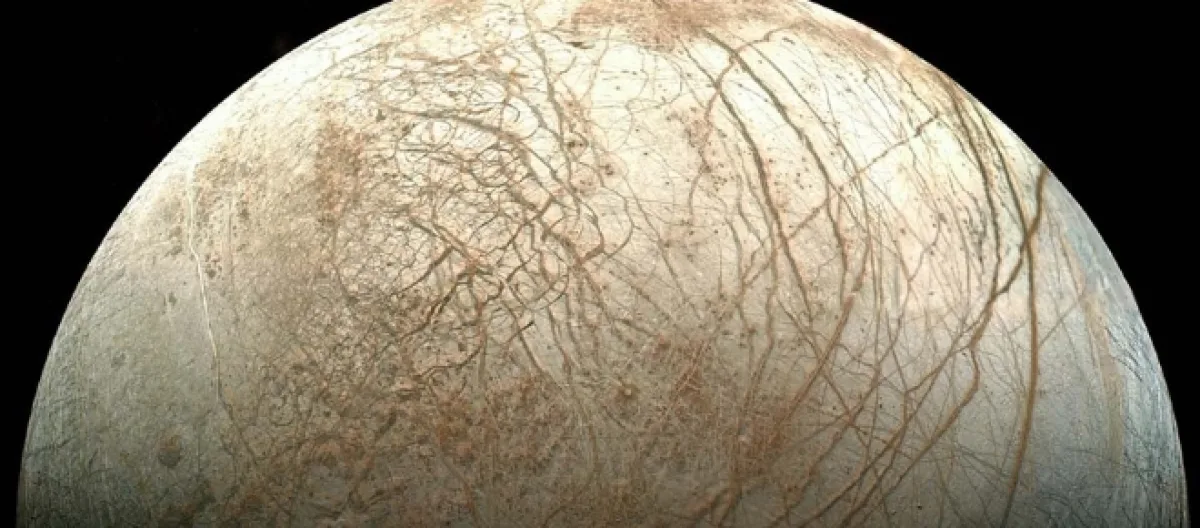Ever since Rep. John Culberson, R-Texas mandated that NASA should mount a robotic expedition to Europa, a moon of Jupiter, to search for life, the space agency has been diligently working on the mission. The europa clipper, which will orbit Jupiter, flying by the ice-bound moon many times, is part of that mission. Now, NASA has rolled out a concept for a Europa Lander that will touch down on the icy surface and start looking for life.
The problem with looking for life on Europa is that if it exists at all it resides deep beneath the ice crust in a warm water ocean that has been heated by tidal forces from Jupiter. Life forms are not likely to exist on Europa’s surface. The Europa Lander will be equipped with s suite of instruments designed to detect life inside the ice that might have originated in the ocean layer. The instruments are “an ‘organic compositional analyzer,’ a microscope system and a ‘vibrational spectrometer.’” The lander will also examine Europa’s surface and subsurface layers for habitability.
The Europa Lander would fly as part of the Europa Clipper mission.
At some point it will separate from the flyby vehicle and chart an automatic course to the Europan surface. Since the moon lacks an atmosphere the lander will rely on its engines and a skycrane similar to the one that lowered the Mars Curiosity rover to the Martian surface.
Decades ago, scientists thought that Mars was the world in the solar system most likely to harbor extraterrestrial life. However, even though microbial life may yet reside on the Red Planet, it has proven to be elusive. Now scientists are focusing their attention on the icy, ocean worlds of the Outer Planets, including Europa and Saturn’s moon Enceladus. Even Pluto, the once ninth planet from the sun, has been found to have a subsurface ocean thanks to the New Horizons probe and made be an abode of life as well.
The development of the heavy lift Space Launch System as part of NASA’s deep space exploration program will provide the opportunity to open up the moons of the Outer Planets to more extensive exploration. The heavy lift rocket is powerful enough that payloads launched by it do not need complicated, time-consuming gravity assist maneuvers to get to Jupiter and beyond. As people return to the moon and go on to Mars, our robotic explorers will fly beyond to the strange, new worlds that orbit the gas giants out toward the edge of the solar system.
